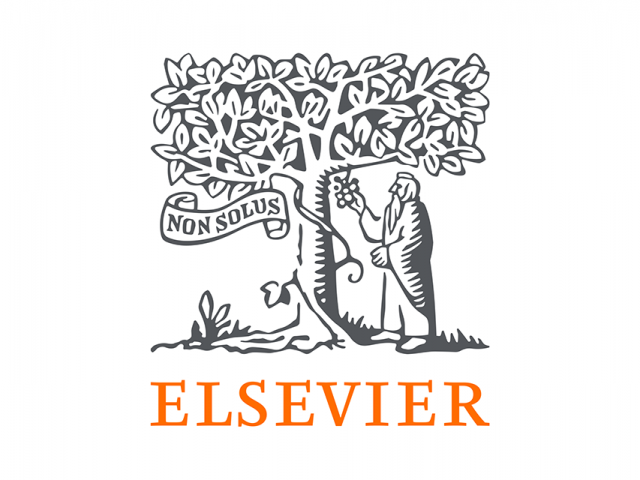Since the first case of 2019 novel coronavirus (COVID-19) identified on Jan 20, 2020, in South Korea, the number of cases rapidly increased, resulting in 6284 cases including 42 deaths as of Mar 6, 2020. To examine the growth rate of the outbreak, we present the first study to report the reproduction number of COVID-19 in South Korea.
The daily confirmed cases of COVID-19 in South Korea were extracted from publicly available sources. By using the empirical reporting delay distribution and simulating the generalized growth model, we estimated the effective reproduction number based on the discretized probability distribution of the generation interval.
We identified four major clusters and estimated the reproduction number at 1.5 (95% CI: 1.4–1.6). In addition, the intrinsic growth rate was estimated at 0.6 (95% CI: 0.6, 0.7), and the scaling of growth parameter was estimated at 0.8 (95% CI: 0.7, 0.8), indicating sub-exponential growth dynamics of COVID-19. The crude case fatality rate is higher among males (1.1%) compared to females (0.4%) and increases with older age.
Our results indicate an early sustained transmission of COVID-19 in South Korea and support the implementation of social distancing measures to rapidly control the outbreak.
A novel coronavirus (SARS-CoV-2) that emerged out of the city of Wuhan, China, in December 2019 has already demonstrated its potential to generate explosive outbreaks in confined settings and cross borders following human mobility patterns (Mizumoto et al., 2020). While COVID-19 frequently induces mild symptoms common to other respiratory infections, it has also exhibited an ability to generate severe disease among certain groups, including older populations and individuals with underlying health issues such as cardiovascular disease and diabetes (Adler, 2020). Nevertheless, a clear picture of the epidemiology of this novel coronavirus is still being elucidated.
The number of cases of COVID-19 in the province of Hubei, the disease epicenter, quickly climbed following an exponential growth trend. The total number of COVID-19 cases is at 80,859, including 3100 deaths in China as of Mar 8, 2020 (WHO, 2020). Fortunately, by Feb 15, 2020, the daily number of newly reported cases in China started to decline across the country, although Hubei Province reported 128 cases on average per day in the week of March 2–8, 2020 (WHO, 2020). While the epidemic continues to decline in China, 24,727 COVID-19 cases have been reported in more than 100 countries outside of China, including South Korea, Italy, Iran, Japan, Germany, and France (WHO, 2020). In particular, South Korea quickly became one of the hardest-hit countries with COVID-19, exhibiting a steadily increasing number of cases over the last few days. Hence, it is crucial to monitor the progression of these outbreaks and assess the effects of various public health measures, including the social distancing measures in real-time.
The first case in South Korea was identified on Jan 20, 2020, followed by the detection of one or two cases on average in the subsequent days. However, the number of confirmed cases of SARS-CoV-2 infection started to increase rapidly on Feb 19, 2020, with a total of 6284 confirmed COVID-19 cases including 42 deaths reported as of Mar 6, 2020, according to the Korea Centers for Disease Control and Prevention (KCDC) (KCDC, 2020) (Table 1). The epicenter of the South Korean COVID-19 outbreak has been identified in Daegu, a city of 2.5 million people, approximately 150 miles South East of Seoul. The rapid spread of COVID-19 in South Korea has been attributed to one case linked to a superspreading event that has led to more than 3900 secondary cases stemming from church services in the city of Daegu (Kuhn, 2020; Ryall, 2020). This has led to sustained transmission chains of COVID-19, with 55% of the cases associated with the church cluster in Daegu (Bostock, 2020).
Font: International Journal of Infectious Diseases – Elsevier
